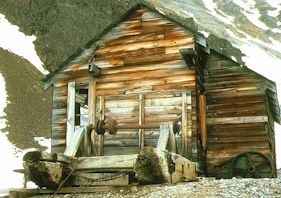|
Protecting Historic Sites & Artifacts
It's exciting to hold a little piece of the past in your hand - to know that you have some connection with those who came before. The belongings, living quarters, and material objects of these people survive today as archeological sites. An archeological site can be anything from an isolated artifact lying on the surface of the ground, to a village site covering a large area. Archeology represents our heritage and it therefore fascinating to many people. Why Should We Protect Cultural Resources? Learn more about Alaska
Laws & Policies The Archeological Resources Protection Act (ARPA) of 1979 makes it illegal to:
It is a felony if violations to the law result in damage to a site or trade in artifacts in excess of $500. Penalties:
|
Last updated: June 11, 2020
Success
Thank you. Your feedback has been received.
Error
alert message

